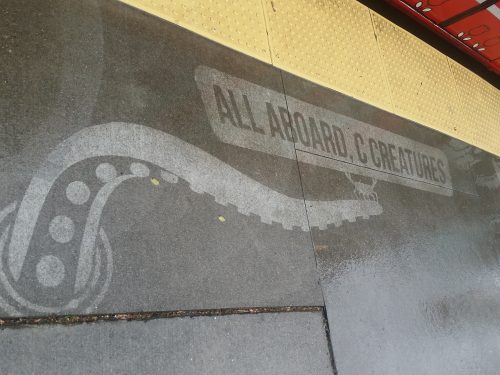Public Art

Public art may include art installations that have a functional or aesthetic component. Public art can be owned and maintained by a private or public entity.
In 1973, the City of Seattle created an ordinance to include public art in public works, using 1% of construction budgets. 1% for art funds are generated from eligible capital construction costs and are identified in the budget process. A public art program manager allocates the funds to specific projects, in consultation with liaisons from the funding departments, including SDOT. Arts staff prepare calls for artists or create a pool of artists using a roster of pre-qualified artists, depending on project budget and construction timeline. All calls are reviewed by a program manager and by the Public Art Advisory Committee (PAAC) before they are issued. Arts staff then assembles a panel of arts professionals, community members, staff, and consultant advisors to review artist submission. The Arts staff negotiates all contracts with artists. Once a permanent artwork is installed, it becomes part of the Office of Arts & Culture’s Public Art Collection and is property of the City of Seattle.
Privately proposed public art in the right-of way: Public art proposed by private entities is encouraged, as it enhances the public realm and offers unique expressions within streetscapes that often repeat standard patterns. The City of Seattle requires a Street Use permit to serve as the maintenance agreement for artwork in the right of way. The City of Seattle may also require insurance and an indemnity agreement, depending on the installation and the site location.
The Office of Arts & Culture is responsible for reviewing public art in the right-of-way. Like other types of objects in the right of way, public art should be located outside the pedestrian zone and comply with clearance requirements. For additional information, please review the Director’s Rule on how Visual Artworks are reviewed.
